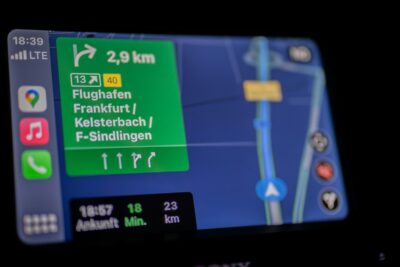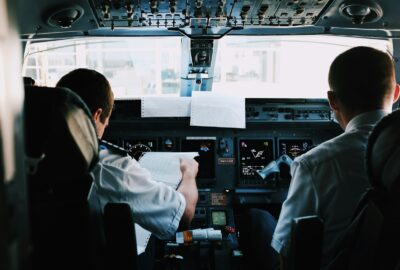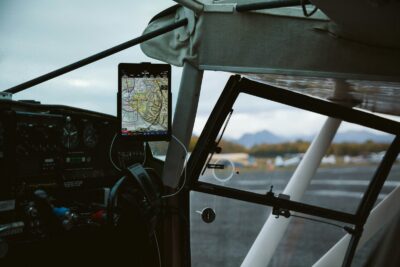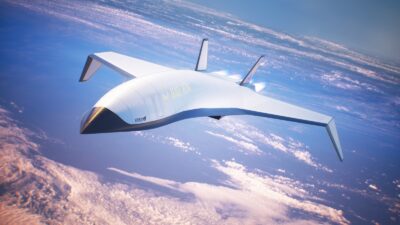Revolutionizing Air Traffic Management
Optimizing Approach and Landing Procedures
NextGen Aircraft Spacing have revolutionized air traffic management by enabling more precise spacing between aircraft during approach and landing, ushering in a new era of efficiency and capacity optimization for airports worldwide. These advanced systems leverage cutting-edge automation, data analytics, and communication technologies to facilitate seamless coordination between air traffic controllers and pilots, ensuring safe and efficient operations in congested airspace. By reducing separation distances and optimizing flight paths, NextGen technologies unlock significant capacity gains, allowing airports to accommodate more aircraft with minimal delays.
Reducing Separation Distances
One of the key benefits of NextGen aircraft spacing is the reduction of separation distances between aircraft, particularly during approach and landing phases. Traditional air traffic management relied on fixed separation standards based on time or distance, leading to inefficiencies and airspace congestion. With NextGen technologies, controllers can dynamically adjust aircraft spacing based on real-time data and aircraft performance characteristics, optimizing throughput while maintaining safety margins. This dynamic approach to spacing allows airports to handle more arrivals and departures within the same airspace, maximizing capacity utilization and minimizing delays for passengers and airlines.
Enhancing Airport Capacity
By enhancing airport capacity, NextGen aircraft spacing plays a vital role in supporting economic growth, connectivity, and sustainability in the aviation industry. As air travel continues to grow globally, airports face increasing pressure to accommodate rising demand while minimizing environmental impact and operational costs. NextGen technologies offer a scalable and cost-effective solution to address these challenges, enabling airports to operate more efficiently and effectively. Moreover, by reducing fuel consumption, emissions, and noise pollution associated with airborne holding patterns and extended approach sequences, NextGen aircraft spacing contributes to a more sustainable aviation ecosystem.
Embracing Innovation for Future Aviation
Continued Evolution of NextGen Technologies
The evolution of NextGen technologies is ongoing, with researchers and industry stakeholders continuously exploring new advancements and applications to further improve air traffic management and airport operations. Future developments may include the integration of artificial intelligence, blockchain, and predictive analytics to enhance decision-making capabilities and optimize airspace utilization. Additionally, the emergence of electric aircraft and urban air mobility concepts presents new opportunities to leverage NextGen technologies for innovative urban airspace management and integration.
Leadership and Collaboration for NextGen Adoption
Leadership and collaboration are essential for driving the widespread adoption of NextGen aircraft spacing and ensuring its seamless integration into the global aviation infrastructure. Governments, regulatory agencies, airlines, airports, and technology providers must work together to establish common standards, protocols, and investment frameworks to support the deployment and operation of NextGen systems. Moreover, education and training programs are critical for equipping aviation professionals with the skills and knowledge required to leverage NextGen technologies effectively.
In conclusion, NextGen aircraft spacing represents a game-changing advancement in air traffic management, offering unprecedented levels of efficiency, safety, and capacity for airports worldwide. By harnessing the power of automation, data analytics, and communication technologies, NextGen systems enable airports to handle more traffic with greater precision and predictability, driving economic growth and connectivity in the aviation industry. With continued innovation, leadership, and collaboration, NextGen technologies will shape the future of air travel and pave the way for a more sustainable and resilient aviation ecosystem.
#NextGenAircraftSpacing #AirTrafficManagement #AirportCapacity #AviationInnovation #LeadershipSkills #CollaborativeAviationDevelopment























